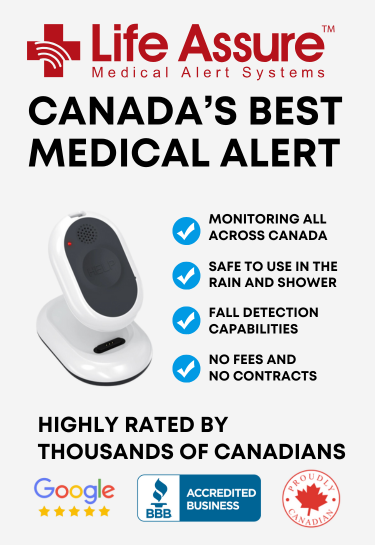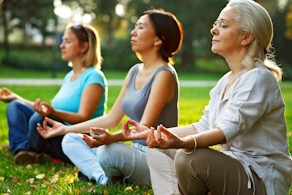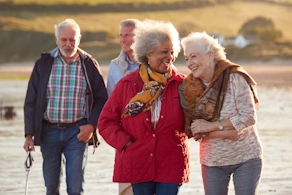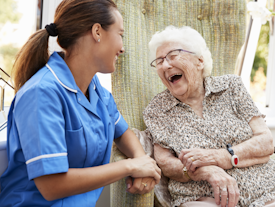Top 5 Important Steps For Aging In Place
As people age, they are more likely to choose the comfort of their homes. Moving into living facilities or nursing homes is not feasible for everyone. A lot of considerations go into this matter. Not everyone can afford to move out for senior care.
On top of that, staying at your own house is a way to better health due to the familiarity you get. “Aging in place” is the pathway to maintaining your independence as you grow older, but all so in a familiar environment.
To ensure you get to age in place, you must take various steps. This article shows you the top 5 important steps for aging in place.
Life Assure Product Quiz
Find The Perfect Medical Alert Device
Take our 30 second quiz and discover which Life Assure medical alert device is the right fit for you or a loved one.
Life Assure Product Quiz
Find The Perfect Medical Alert Device
Take our 30 second quiz and discover which Life Assure medical alert device is the right fit for you or a loved one.
Important Steps For Aging In Place
For aging in place, one must take a few necessary steps. These are to ensure your home remains a safer place for you as you grow older. They are also important to ensure your home is able to meet your unique needs with time.
Here are the steps one must take for age in place:
Step 1 - Assess Your Current Living Situation
The first key step to aging in place is assessing your current living situation. You must conduct a thorough assessment of how you live at the moment. Try to look at how safe and accessible your house is.
If it is indeed safe, see if it is a sustainable setup to support you in the coming years as you become an older adult. Your home environment must be suitable for you. These are key factors to consider in this context:
Home Layout: Try to look around your house to see if it is navigable. Look if there are any stairs or narrow hallways that can pose an issue in the future.
Safety Hazards: Look out for any potential hazards to your safety around the house. Slippery floors and loose rugs are often causing falls and injuries for older adults. Even poor lighting can add to this issue.
Accessibility: See if your home is accessible for those who are older or may have medical issues.
Accessibility modifications in bathrooms and kitchens can help a lot in the long run. Grab bars and handrails are good ways to start.
Step 2 - Plan For Health And Personal Care Needs
The next step after assessment is to plan well. In this process, you can anticipate your future health.
Try to note down any personal care needs you think will arise with time. This can involve creating a plan that addresses any upcoming health issues.
Here are some considerations for this step:
Medical Care: Do not miss out on regular medical check-ups. Preventive care is important when you are moving towards being an adult, even if you are under the age of 40.
Having regular relationships with a physician will help you keep your medical history in place.
Chronic Conditions: If you struggle with any chronic medical conditions, learn to manage it well through routine.
Keep your medication schedules and dietary requirements aligned to manage your conditions well. Try to engage in more physical activity as well.
Step 3 - Make Home Modifications
Making the right home modifications is the next step. Your home is supposed to be your safe place at all times if you are aging in place. Try to create a safe and accessible environment for yourself.
Modifications can be simple adjustments or huge renovations. They depend on your needs, after all. Here are some important home modifications you can take up:
Bathroom Safety: Bathrooms can pose a threat to safety with time for older adults. Putting grab bars and non-slip mats there will help keep them safer for future use.
Lighting Improvements: Lighting in your house needs to be quite versatile. In hallways and staircases, especially, try to put brighter light to reduce any risk of falls.
Flooring: The flooring of the house also needs to be modified to become a non-slip surface. All loose rugs and carpets need to be removed if your house is to be made a safer place.
Try to put adhesive pieces underneath them or replace them with slip-proof ones.
Step 4 - Financial Planning And Management
Financial planning is equally important when you are aging in place. It includes properly managing the resources you have now. You must use them after proper consideration to make any modifications necessary.
Key steps that lead to good financial planning are:
Budgeting: Put aside a distinct budget for your current expenses as well as any future costs that may arise with age. These can be for healthcare or future home modifications.
Budgeting: Put aside a distinct budget for your current expenses as well as any future costs that may arise with age. These can be for healthcare or future home modifications.
Savings and Investments: Keep close track of your savings and investments if you are ensuring sufficient funds.
You need set-aside budgets and savings to get you to safely age in place. You may even get a financial advisor to help manage your assets better.
Step 5 - Stay Connected And Engaged
In the end, it is all about staying connected with the community without giving up the comfort of your home. Staying connected and engaged with social interactions helps you stay emotionally healthy.
Community involvement shall never be overlooked since it betters your mental health. Here are some ways in which you can stay connected with people around you:
Social Networks: Try to maintain good relationships with your family and friends. This also includes your neighbors.
Regular social interactions can go a long way in providing you with companionship wherever required.
Community Involvement: Take part in various community activities. Join a club or two while also taking time for volunteering opportunities.
These activities help people connect with like-minded folk. Such bonds can turn into meaningful relationships with time.
Technology: Technology is further the best way to engage more with people. It helps you keep in touch with your loved ones. Try to connect more over video and voice calls to stay connected.
You can have an active social media presence and even use messaging apps to maintain connections. There are a lot of online communities and support groups that you can join as well.
Conclusion
Aging in place is a privilege indeed. Having the comfort of your familiar surroundings can help seniors become independent rather than dependent with age. Making the right modifications at home, as mentioned above, can help you create a much safer environment.



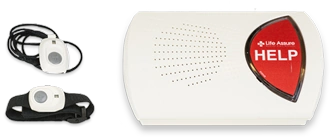
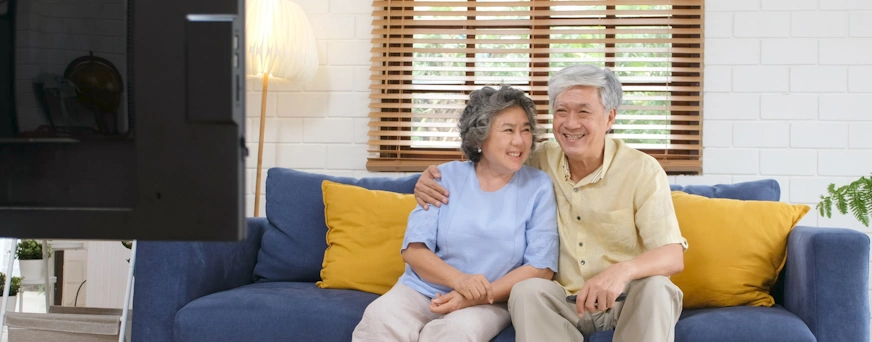

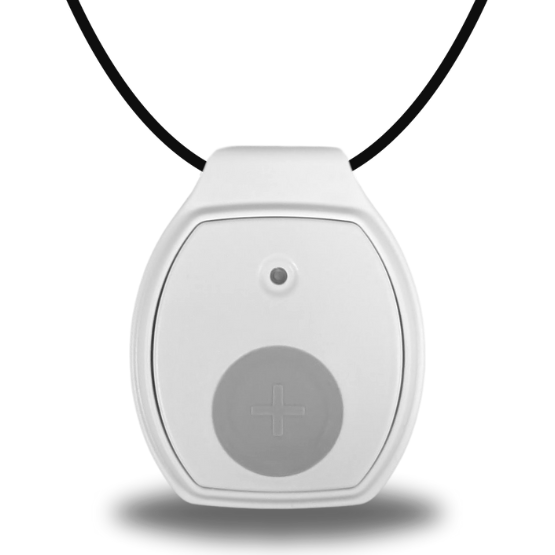


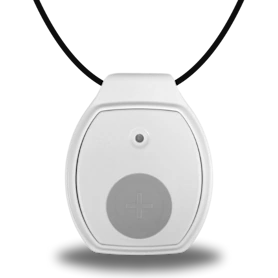
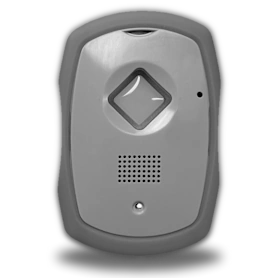
 Get Help With The Push Of A Button
Get Help With The Push Of A Button